Building Transformation & Adaptive Reuse
We partner with developers, investors, and owners to transform buildings, unlock value, and create new destinations. From office-to-residential conversions to repositioning stranded assets of all types, we leverage our in-house conversion algorithm to discover opportunities.
“
By embracing a wide view of conversion possibilities in addition to office-to-residential, we can revitalize our cities while creating more economically and socially resilient properties.
—Joseph Lauro, Principal
27 Items
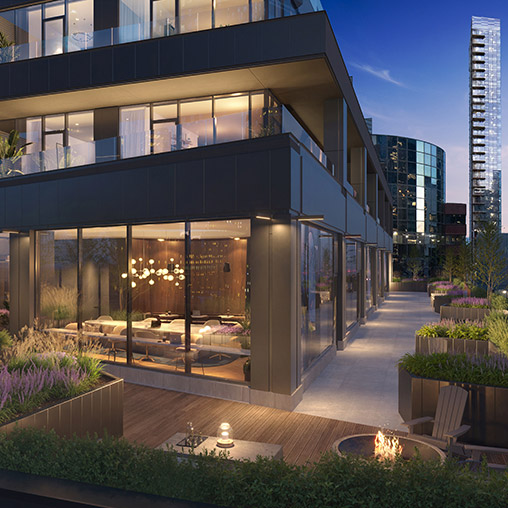
Pearl House (160 Water Street)
New York, New York
Vanbarton Group engaged Gensler to convert its downtown office building into a premier residential building to introduce new housing to New York City.
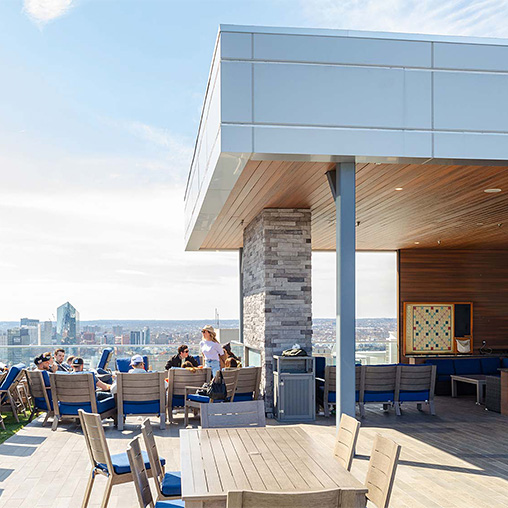
Franklin Tower
Philadelphia, Pennsylvania
PMC Property Group transformed a vacant, outdated office building in Logan Square into an amenity-rich residential building with ample outdoor and retail space.
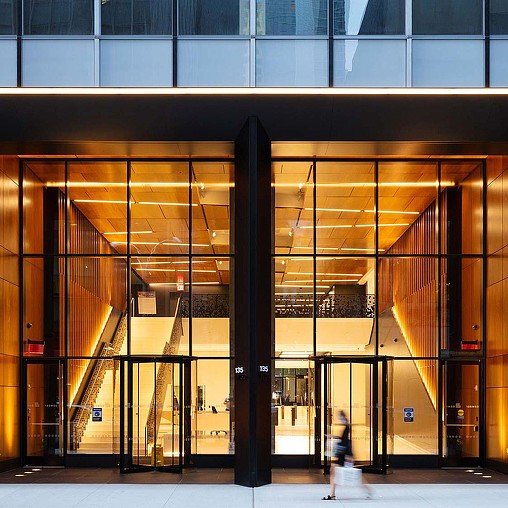
135 West 50th Street
New York, New York
Seeking to strategically modernize elements of this existing office building, George Comfort & Sons enlisted Gensler to help reposition 135 W 50th Street by transforming the storefront and lobby, and creating a second-level amenity floor that brings the office tenants and community together.
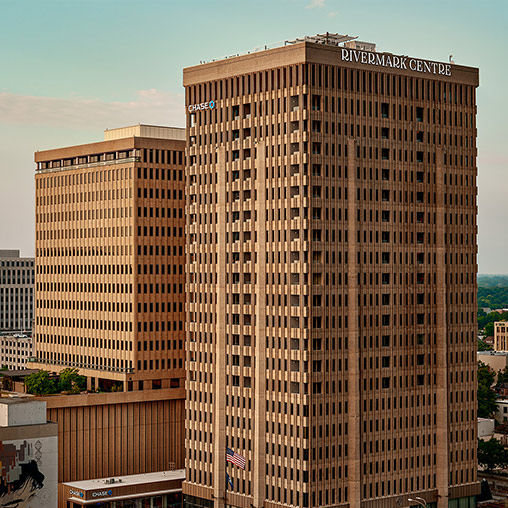
The Residences at Rivermark
Baton Rouge, Louisiana
The Residences at Rivermark is a transformative project in the beating heart of downtown Baton Rouge’s growing and dynamic cultural scene.

1 St. Clair West
Toronto, Ontario
After determining that demolishing 1 St. Clair West was not viable, Slate Asset Management enlisted Gensler to reposition it as a mixed-use development.
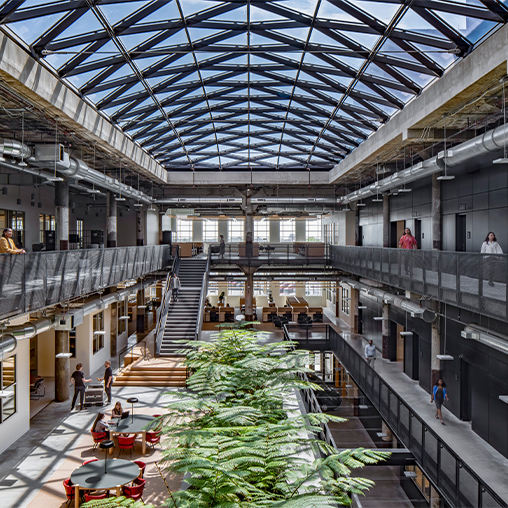
The Book Depository
Detroit, Michigan
Ford returned to its roots in Detroit as a launchpad for shaping the future of mobility with the adaptive reuse of The Book Depository as a new Mobility Center.
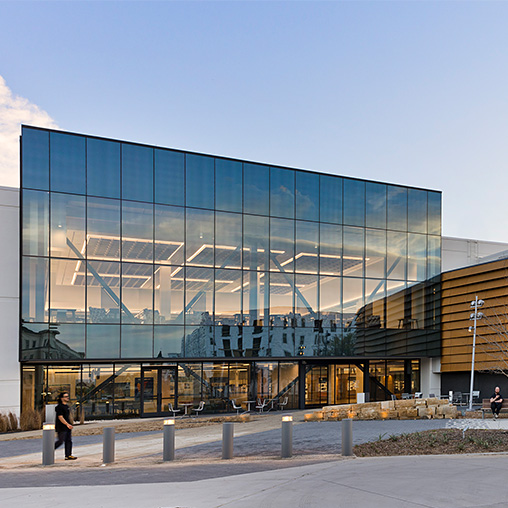
Frisco Public Library
Frisco, Texas
The reimagined Frisco Public Library is an adaptive reuse project that gives new life to a structure that once manufactured both rockets and chicken nuggets.

Kuntai Tower Renovation
Beijing, China
The renovation aims to rebrand Kuntai as a culture hub that creates stories of innovation, activates community connections, and creates a memorable experience.
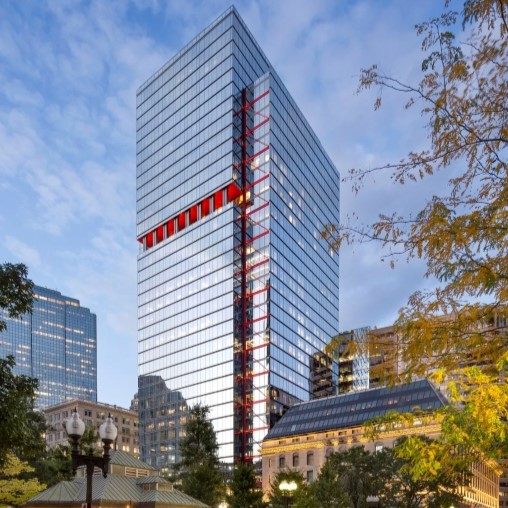
One Post Office Square
Boston, Massachusetts
Gensler is transforming this prominently-located 1980s building into a premier office tower, with new standards for excellence in healthy environments, open...
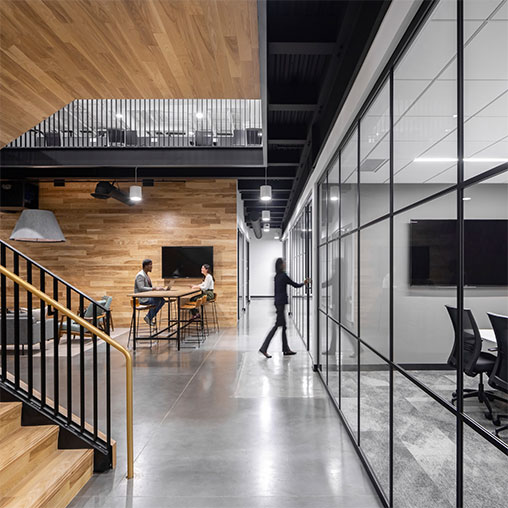
Loffler Companies
St. Louis Park, Minnesota
With Gensler, the Loffler Headquarters successfully transformed a purpose-built static retail machine into a vibrant and flexible workplace home.

The Mart
Chicago, Illinois
With Gensler’s help, owner and operator Vornado Realty Trust have repositioned architectural icon The Mart as a marketplace of experiences and creativity.
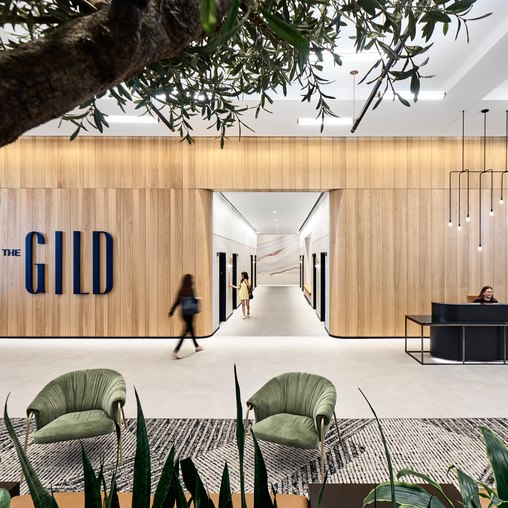
The Gild
Dallas, Texas
The Campbell Centre towers have been repositioned into The Gild, featuring modern, flexible, desirable amenities that attract new tenants.
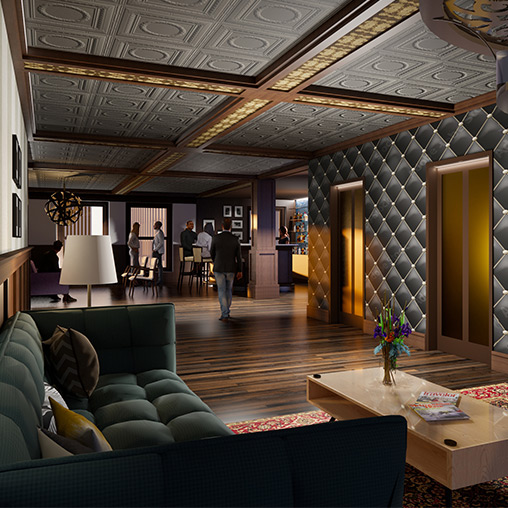
Esperson 17th Level Amenity Space
Houston, Texas
Cameron Management enlisted Gensler to convert the 17th level of the Esperson building, an iconic Houston office tower, into an indoor-outdoor amenity space for both future residents and current office tenants.
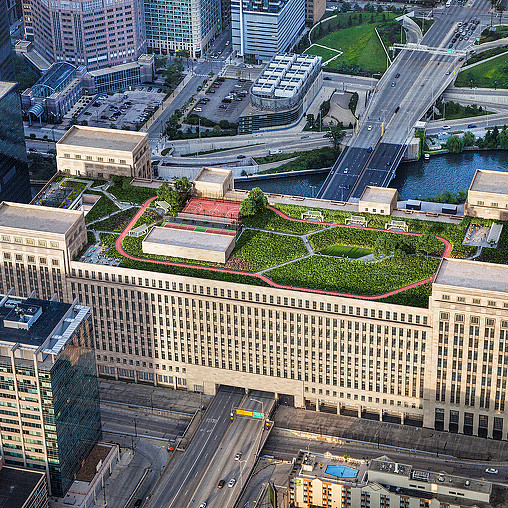
The Post Office
Chicago, Illinois
Through historically minded restoration and repositioning, the long-vacant Post Office has been brought back to life as a hub for business and commerce.
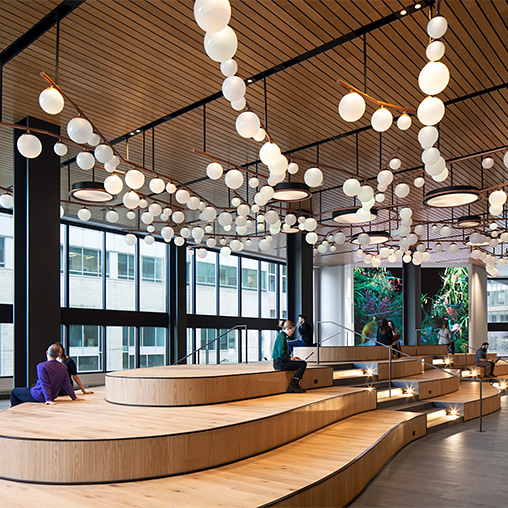
1001 Robert-Bourassa
Montreal, Quebec, Canada
1001 Robert-Bourassa transforms a formerly conventional lobby into an immersive destination, completed with multimedia features, that’s designed to foster community, wellness, and collaboration.
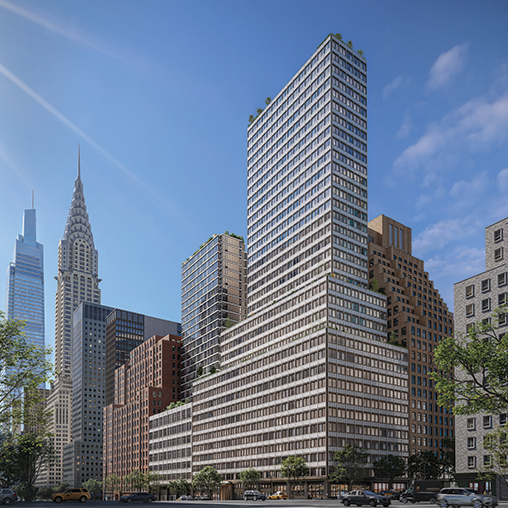
Metro Loft 219-235 East 42nd Street Conversion
New York, New York
The office-to-residential conversion of the former Pfizer headquarters will be the largest conversion in New York City history upon its completion, adding over 1,600 apartments, amenities, retail, and offices.
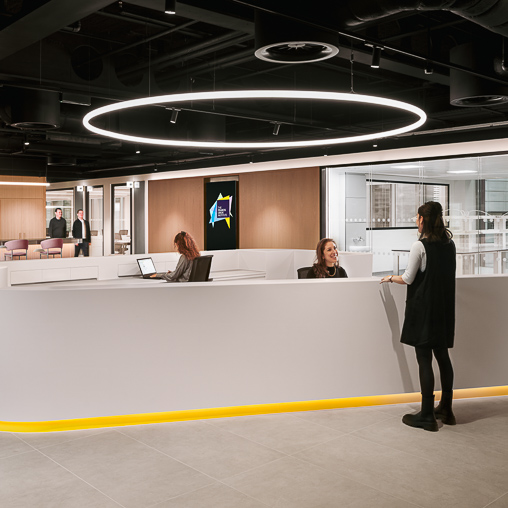
The Francis Crick Institute at 20 Triton Street
Euston, London
The Francis Crick Institute design concept focuses on creating best-in-class, adaptable spaces for future tenants, utilising the Crick’s expertise in the design and operation of world-class laboratory facilities.
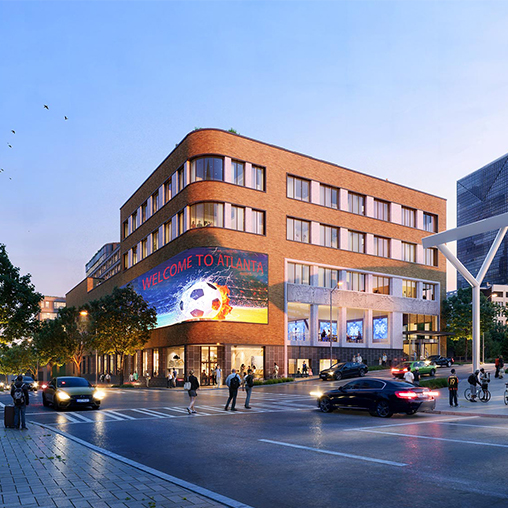
Folio House
Atlanta, Georgia
Folio House at 143 Alabama Street in Downtown Atlanta converts a long-vacant commercial center into a dynamic, mixed-use destination that caters to and connects Atlantans and visitors.
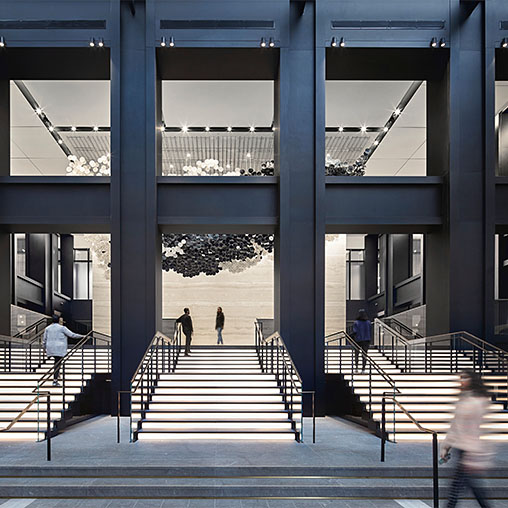
Willis Tower Repositioning
Chicago, Illinois
A new base design for Willis Tower turned unused spaces into a collection of mixed-use amenities and street life that reviving the iconic building.

Western Market
Washington, D.C.
Western Market preserves its history while embracing modern-day demands via a bustling food hall and contemporary workplace entrance.
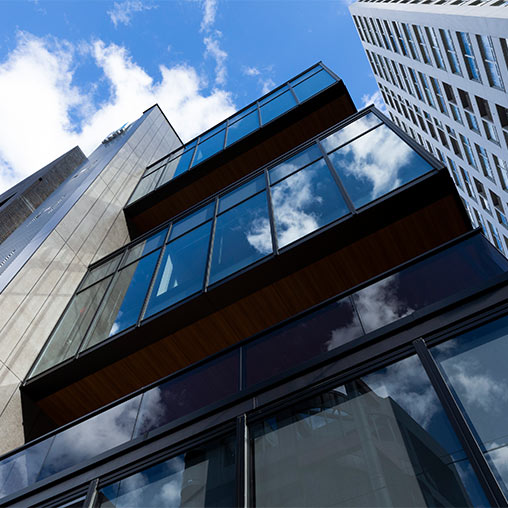
BizFlex
Multiple Locations, Japan
Drawing on its knowledge of the rental office business, Hulic launched “Bizflex”, a new series of medium-sized flexible workplace projects.
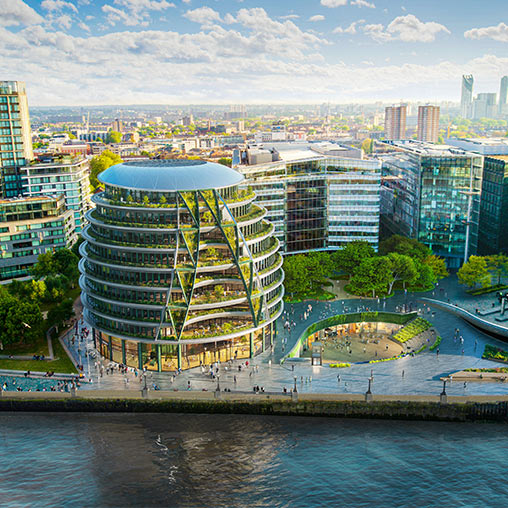
110 The Queen’s Walk
London, United Kingdom
Gensler has developed plans to sensitively refurbish and revitalise the vacant building located at 110 The Queen’s Walk, formerly known as City Hall, and its surrounding public realm.
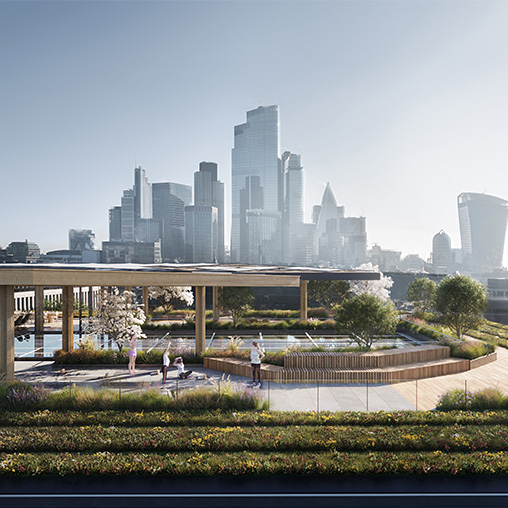
10 Gresham Street
London, United Kingdom
Gensler partnered with CBRE IM to reimagine 10 Gresham Street, an office building transformation that will usher in a new sustainable future in London.
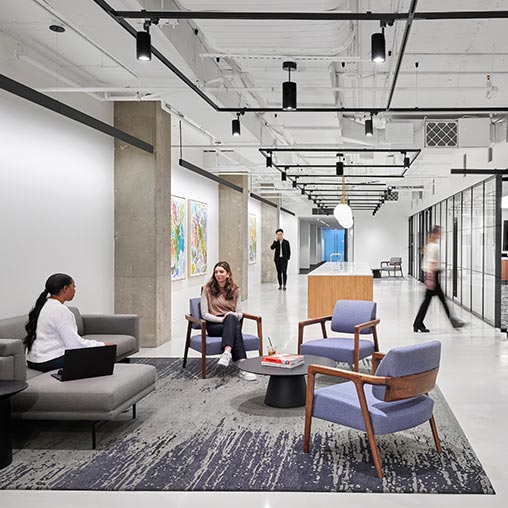
1735 N Lynn St Repositioning
Arlington, Virginia
The repositioned office building at 1735 N. Lynn aims to be a sought-after hub for burgeoning tech companies located in the Rosslyn Innovation District.
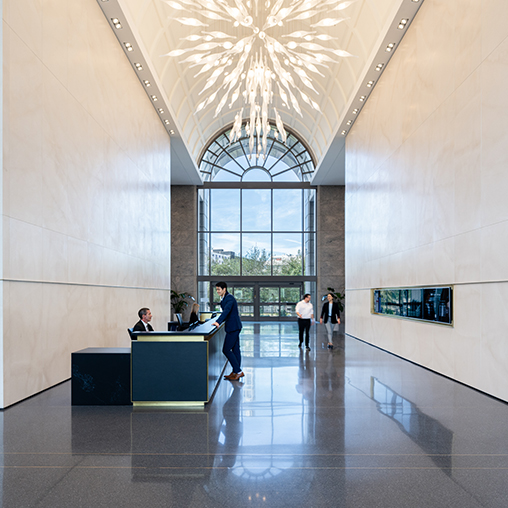
100 North Tampa Building Lobby Renovations
Tampa, Florida
100 North Tampa is a premier Class A office building in downtown, with exceptional views and a grandiose scale unmatched in the market.
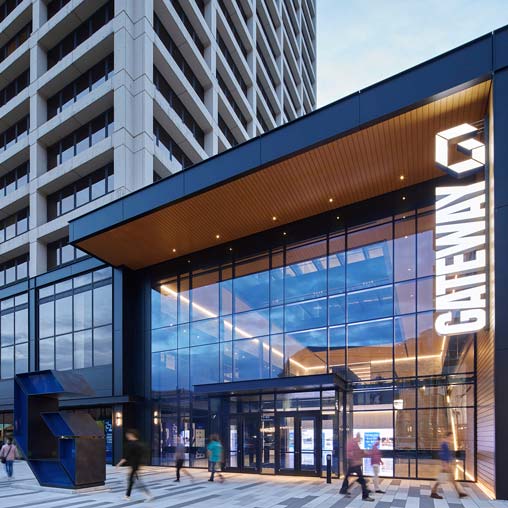
Gateway
Newark, New Jersey
In an effort to propel Newark’s revitalization, Onyx Equities partnered with Gensler to reimagine Gateway, a tired office complex built in the 1970s.
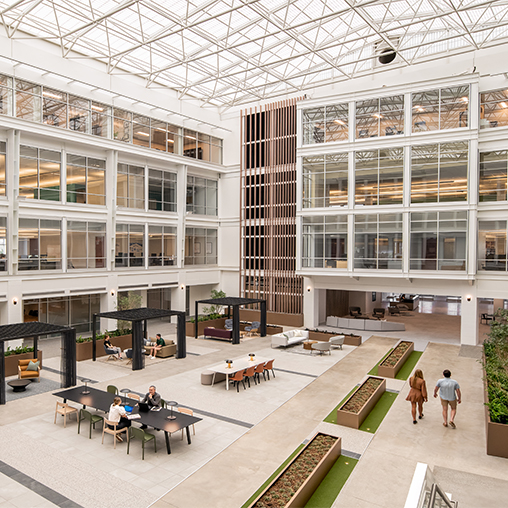
Marshside at Nowell Creek Village
Daniel Island, South Carolina
The repositioned Marshside at Nowell Creek Village transforms a headquarters building in Daniel Island, South Carolina into a multi-tenant office destination.
INSIGHTS
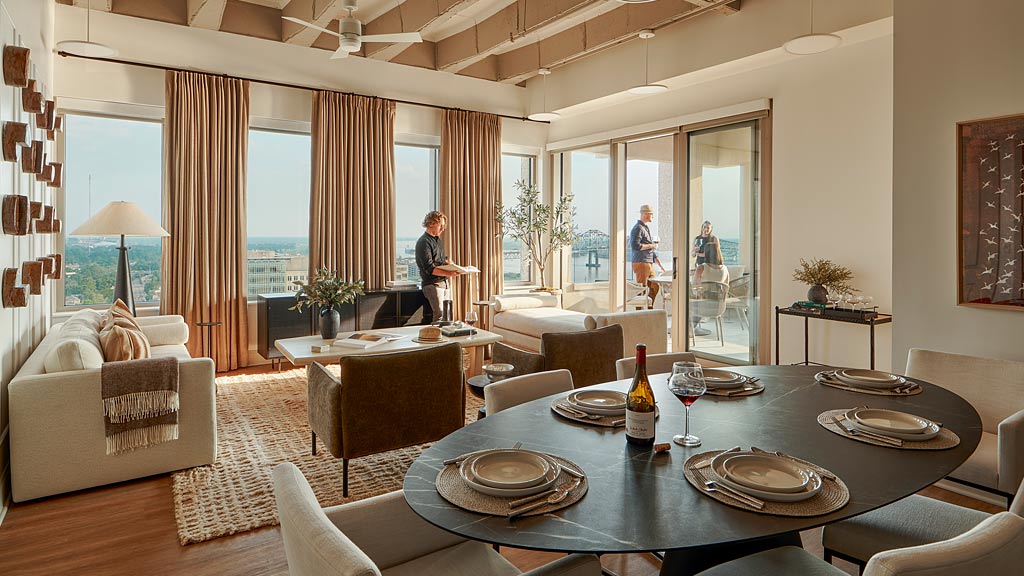
Insight
Conversions+™ by Gensler Turns Stranded Offices Into Valuable Real Estate
Our conversion algorithm and services help developers quickly determine if buildings are viable for conversion to residential, hotel, senior living, or healthcare uses.
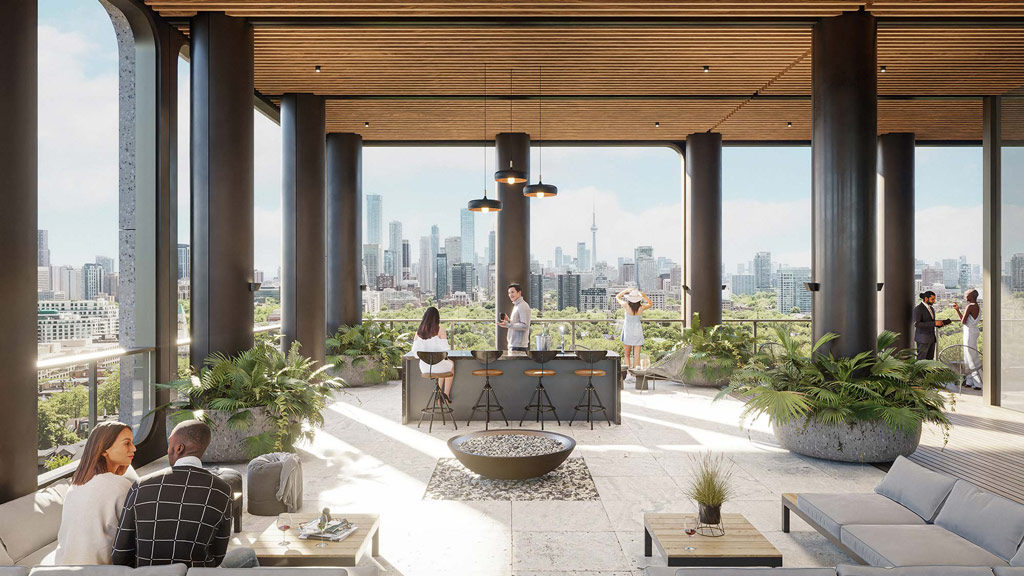
Blog
What We’ve Learned by Assessing More Than 1,300 Potential Office-to-Residential Conversions
We’ve developed a process for evaluating existing office buildings to determine if they are candidates for multifamily residential conversions.

Blog
From Pilots to Policy: Exploring Office-to-Residential Conversions in Boston
There are clear steps that can be taken to address the housing shortage, and we believe there is huge opportunity in office-to-residential conversion.
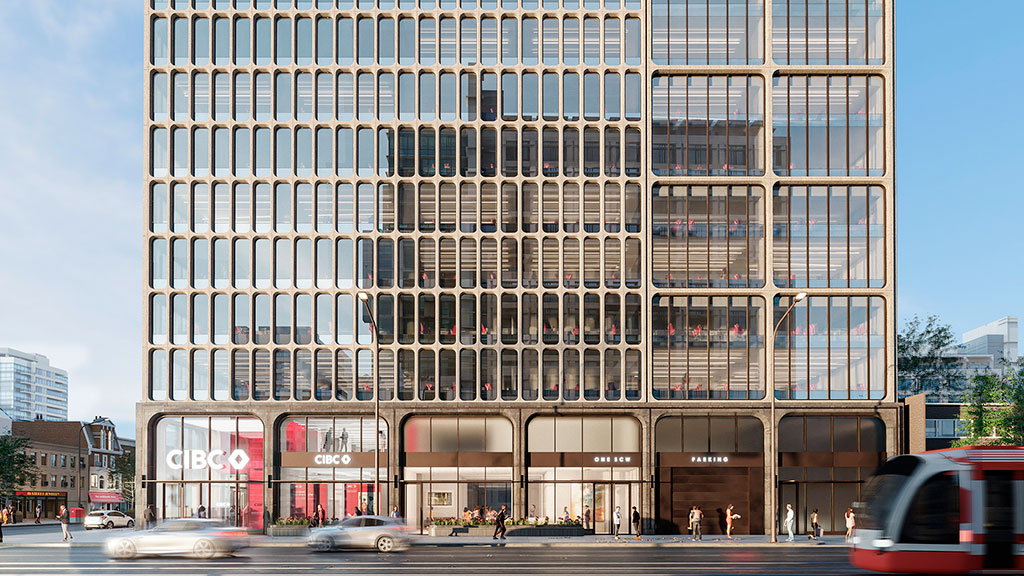
Blog
How Office-to-Residential Conversions Could Revitalize Downtown San Francisco
One of the easiest ways to create diversity in office-centric downtowns is to convert existing office buildings to other uses. Residential is an obvious choice.
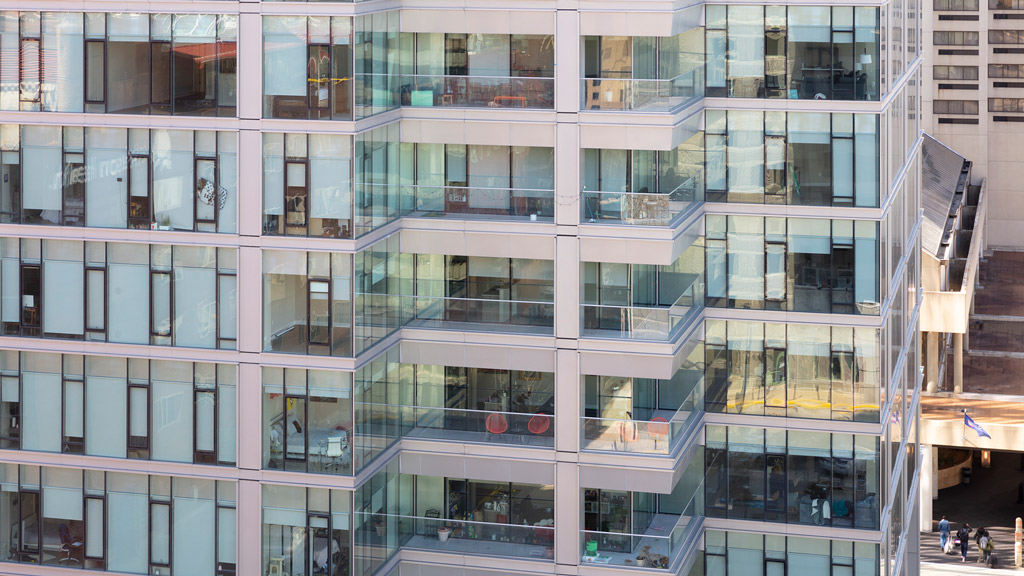
Blog
Unlocking Hidden Value: How Cities and Developers Are Partnering to Turn Vacant Offices into Residential
Vacant office spaces are a burden for cities and developers. Here’s how to convert vacant office buildings into new housing.

Blog
Office-to-Hotel Conversions: Resilient Opportunities for Downtown Districts
Older and smaller Class B or C office buildings have been hit hard by high vacancy rates. Converting them to efficient, business travel hotels could offer an economical solution that supports the overall health of downtown business districts.

Blog
Reimagining Care in the Heart of Our Cities
An innovative intergenerational care concept seeks to transform how we support caregivers while revitalizing underutilized commercial spaces.

Blog
How a New Vision for Flexible Co-Living Conversions Can Support Housing Affordability
Gensler and The Pew Charitable Trusts studied building typologies in seven cities to better understand the potential in this unique office-to-residential conversion model.
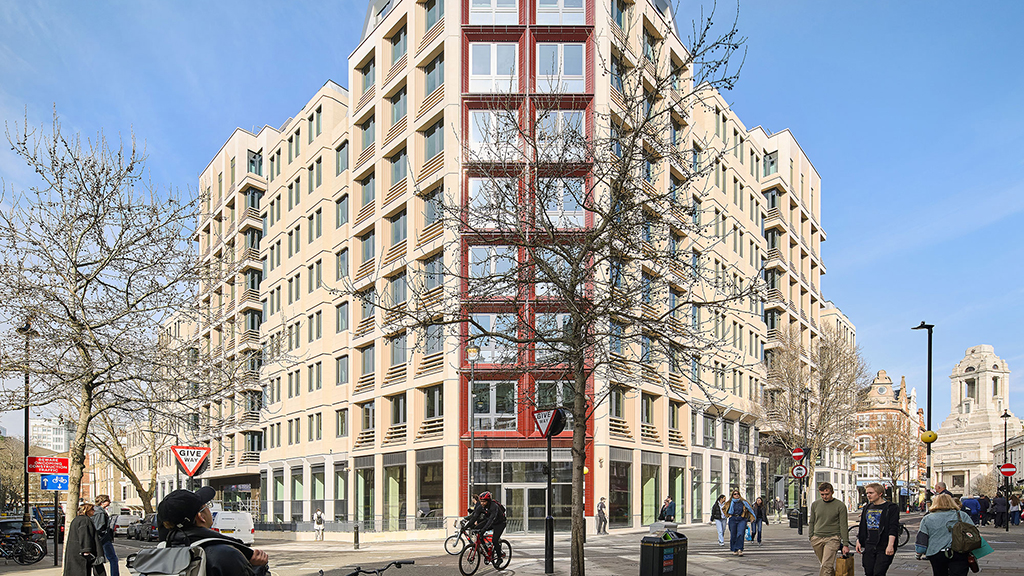
Blog
Survivalist Architecture: The Age of Adapt & Reuse
Architecture must move beyond pure aesthetics to embrace solutions that prioritise environmental and social responsibility.
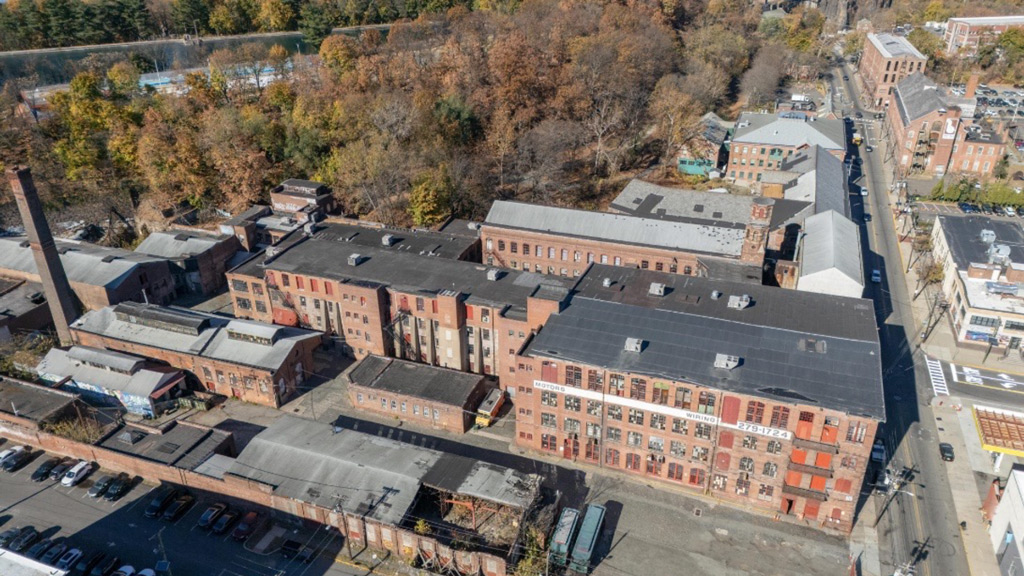
Blog
Imagining a New Era for New Jersey’s Historic Art Factory
Originally built in the 1840s, the Art Factory is prime for a revitalization that preserves its character while serving the needs of a modern-day city.
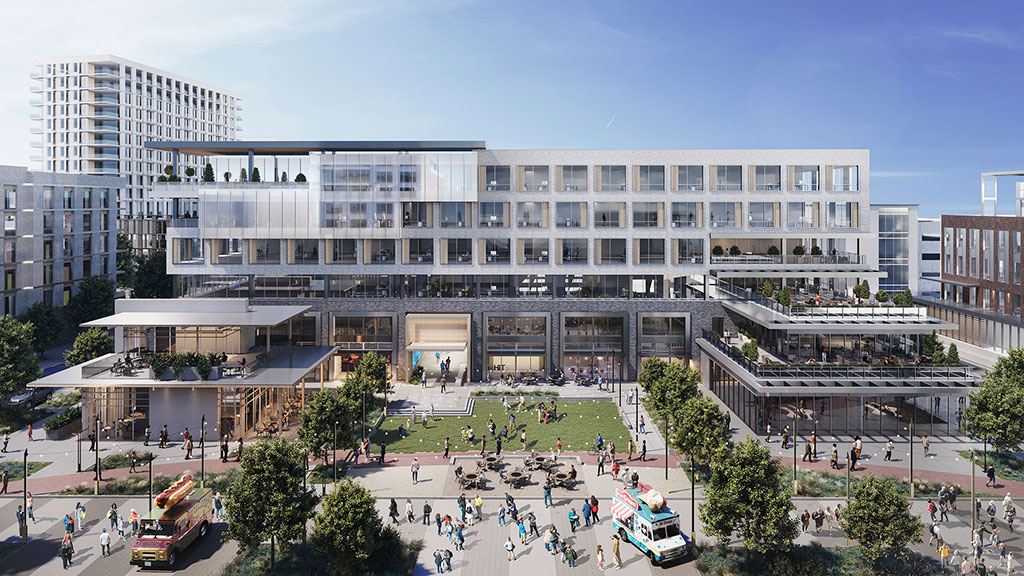
Blog
5 Ways Suburban Office Campuses Are Transforming Into Thriving Communities
Tomorrow’s office campuses demand much more than a park and a café to attract and retain talent.

Blog
The Building as Brand: A Watershed Opportunity in Manhattan Office
As the city’s commercial real estate market undergoes unprecedented transformation, office space must be seen not as a commodity, but as a strategic investment with the potential to drive competitive advantage.

Blog
The Biggest Challenge to Office Conversions Isn’t Design — It’s the Status Quo
Office-to-residential conversions have the ability to unlock affordable housing and revitalize cities, but only if the market can move beyond the status quo.

Blog
Reimagining Downtown: Transforming Underused Civic Buildings for a Vibrant Future
Former courthouses, grand banks, and other historic buildings at the center of our cities offer great potential to attract the public and activate our civic spaces.

Blog
How Repositioning Houston’s Astrodome Can Serve as a Model for Aging Sports and Entertainment Venues
A proposal to redevelop and repurpose the iconic stadium into a multi-use venue would preserve the building’s historic integrity while giving it new life.
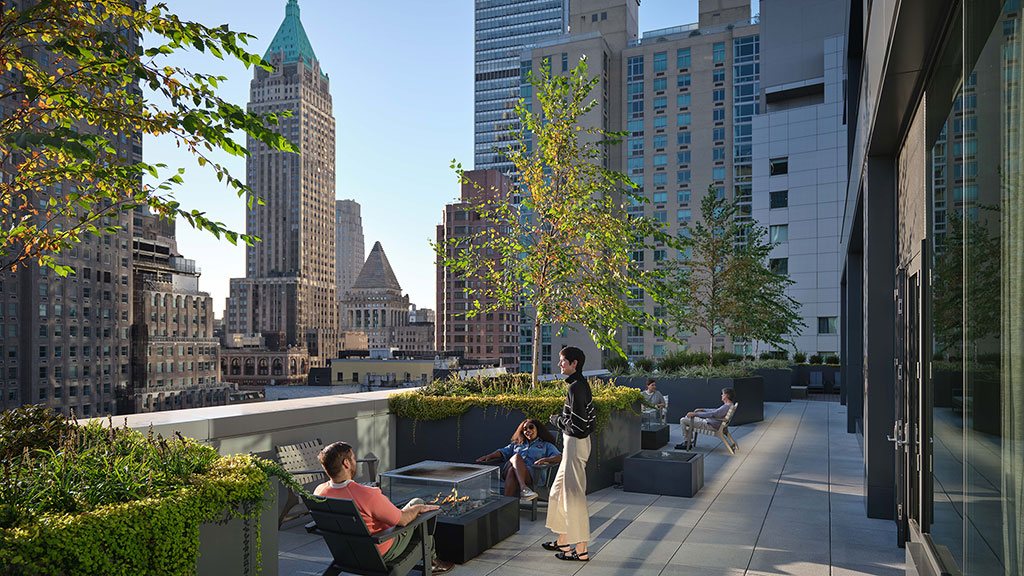
Blog
Trends to Watch: What Other Cities Can Learn From New York City’s Conversion Boom
As U.S. cities experience high commercial real estate vacancy rates and housing shortages, developers have an opportunity to invest in and convert stranded assets.

Blog
Why Quality in Commercial Office Space Hinges on Workplace Experience
Demand is surging for premium office environments that deliver an effective workplace and a great work experience.

Blog
A Field Guide to Authentic Amenities
To create authentic amenities that workers truly want, designers and companies should think outside the box.
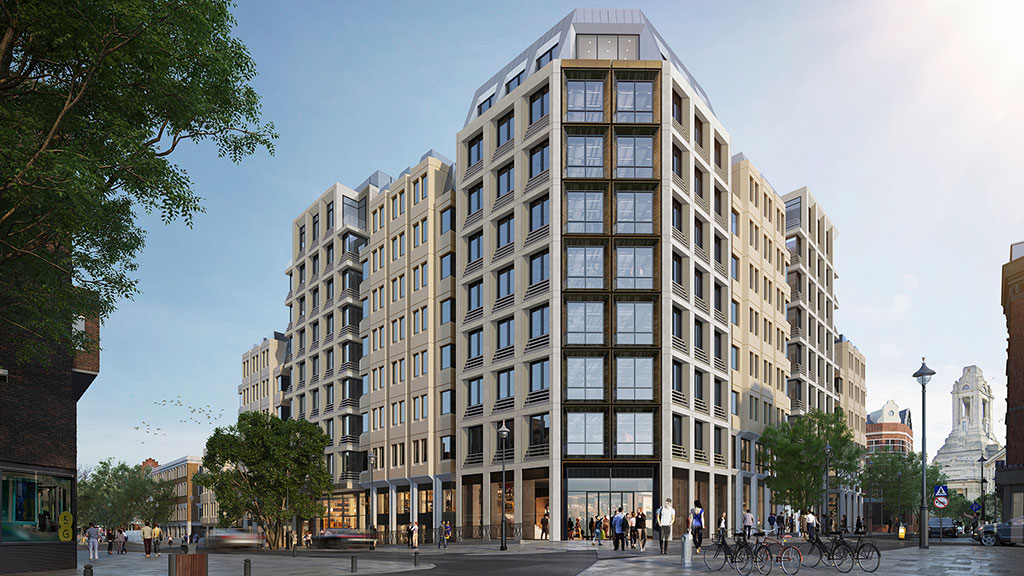
Blog
A New Approach to London’s Dated Offices
To revitalise London’s dated office building stock, we must make these environments relevant and capable of attracting the best tenants and talent.
Trends in Building Transformation & Adaptive Reuse
Office-to-anything conversions unlock stranded assets and transform downtowns.
Advances in various types of building conversions will unlock a second life for a broader range of distressed assets and create opportunities for numerous industries such as higher education, healthcare, and hospitality.
Governments create financial incentives tied to urban reinvestment policy goals.
Tax breaks, financing, and expedited approvals can make conversions more viable and help reinvent entire urban neighborhoods.
Opportunities increase for conversions in burgeoning lifestyle districts.
Like-minded developers are collaborating with other developers, local businesses, healthcare, education, and city officials to convert buildings and help transform business districts into vibrant lifestyle centers.
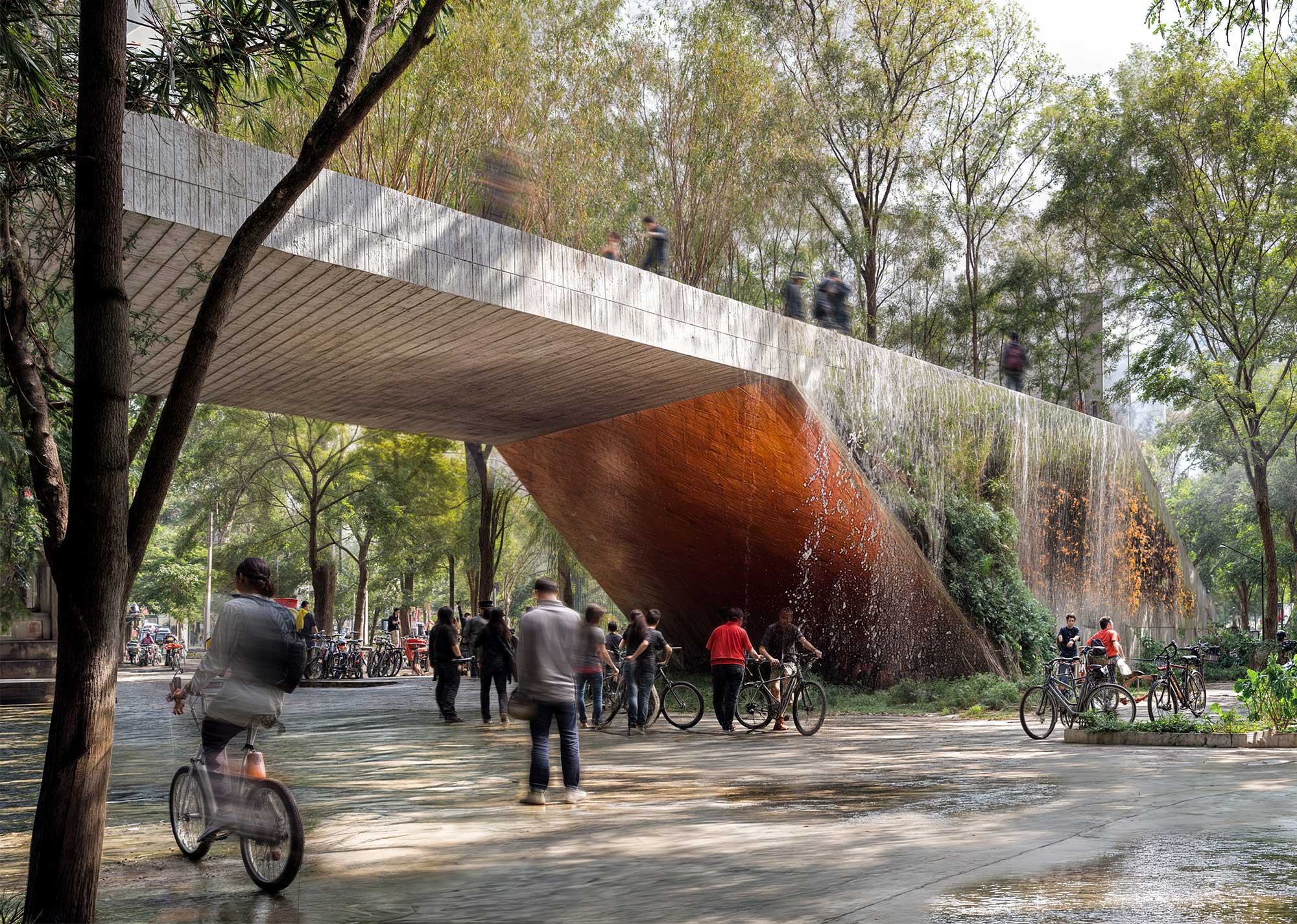
BUILDING TRANSFORMATION & ADAPTIVE REUSE LEADERSHIP

Steven Paynter
Building Transformation & Adaptive Reuse Leader, Principal
Steven Paynter is Gensler’s Global Building Transformation & Adaptive Reuse Leader based in Toronto.

Sheryl Schulze
Co-Managing Director, Building Transformation & Adaptive Reuse Leader, Principal
Sheryl Schulze is a Co-Managing Director of Gensler’s Columbus office as well as a Global Building Transformation & Adaptive Reuse Leader.

Harry Cliffe-Roberts
Building Transformation & Adaptive Reuse Leader, Studio Director, Principal
Harry Cliffe-Roberts is a Global Building Transformation & Adaptive Reuse Leader and Studio Director based in Gensler’s London office.
NEWS
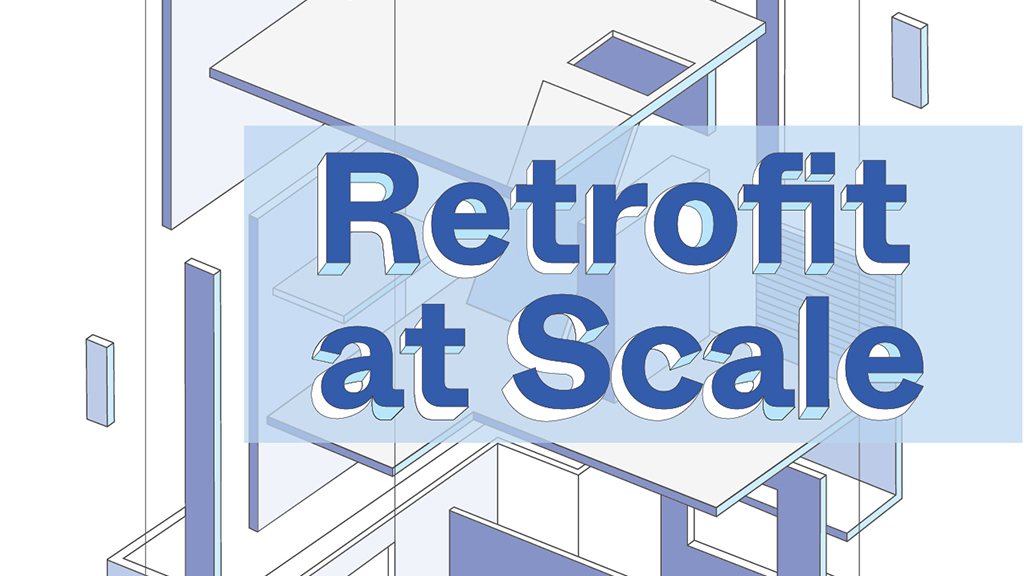
Press Release
Gensler and Opportunity London Publish ‘Retrofit at Scale’ — a Definitive Guide to Unlocking Commercial Retrofit
‘Retrofit at Scale’ presents clear actions to accelerate the practice of retrofit with the aim of making it the go-to, sustainable solution for the industry.
June 11, 2025
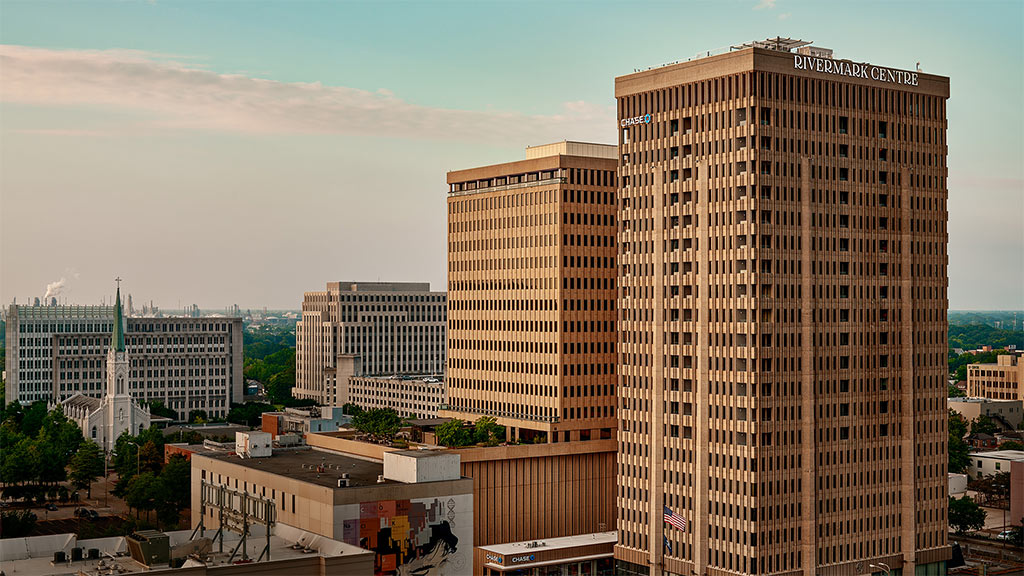
In The Media
![]() Propmodo
Propmodo
Propmodo Highlighted a New Report on Converting Vacant Office Buildings Into Housing
Featuring six U.S. cities and Gensler’s conversion readiness scoring tool, the report from Gensler, Brookings Metro, and HR&A Advisors offers a strategic roadmap for adaptive reuse.
March 30, 2025

Press Release
New Study Offers Data-Driven Approach for Office-to-Housing Conversions
Gensler, Brookings Metro, and HR&A Advisors unveil findings on how cities can transform underused offices into housing.
March 26, 2025

In The Media
![]() The Architect’s Newspaper
The Architect’s Newspaper
The Architect’s Newspaper Interviewed Robert Fuller and Peter Wang on Gensler’s Office-to-Residential Work
The feature covered Gensler’s office-to-residential work, including Pearl House, as well as the firm’s Conversions+ tool and research with Pew Charitable Trusts on innovative housing solutions.
February 26, 2025
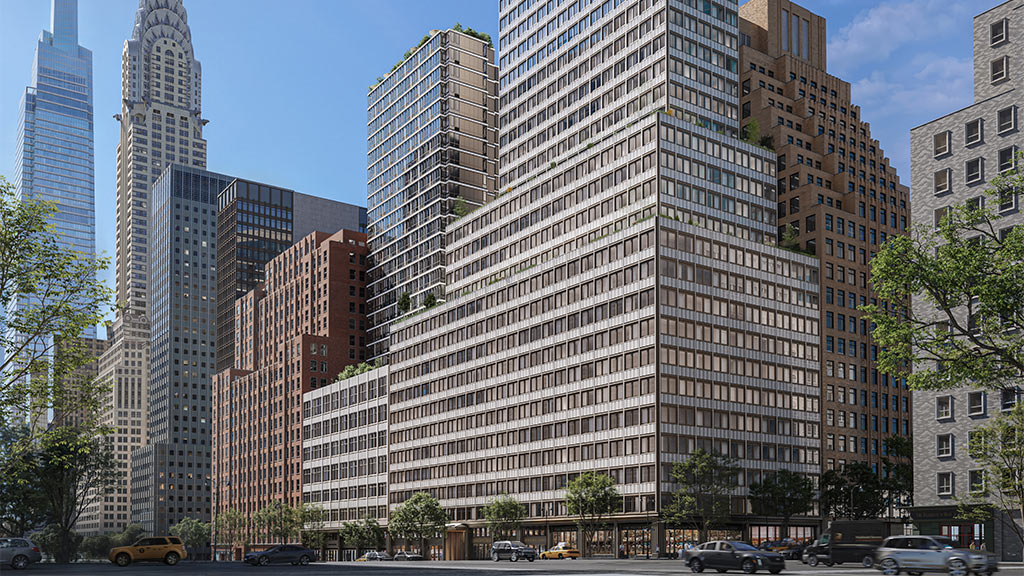
In The Media
![]() The Architect’s Newspaper
The Architect’s Newspaper
The Architect’s Newspaper Features Gensler’s Work to Convert the Former Pfizer HQ Into Housing
Gensler’s Robert Fuller says the office-to-residential conversion will add housing, amenities, retail space, and more, to help transform Manhattan’s Midtown East into a vibrant, 24/7 neighborhood.
January 31, 2025
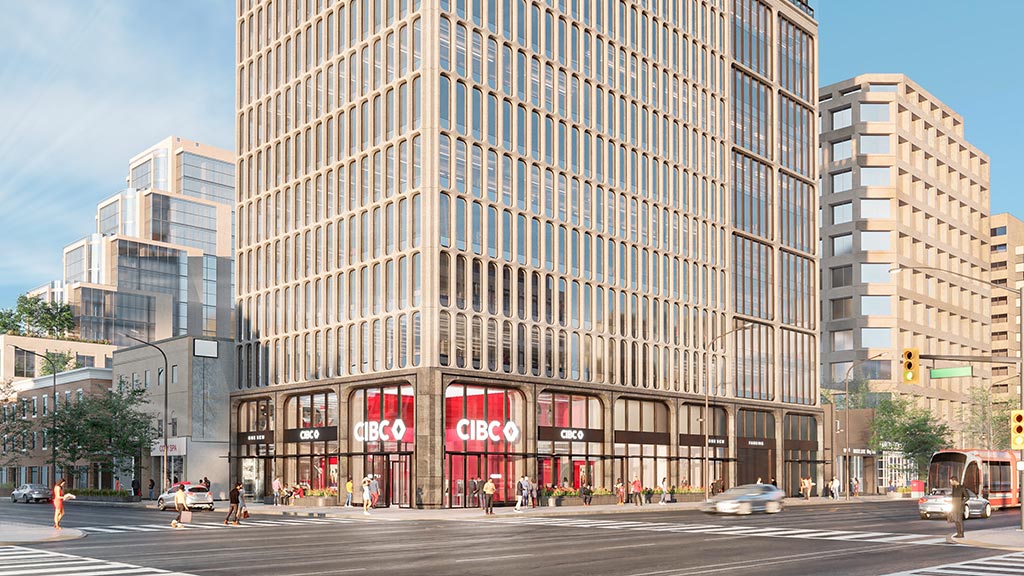
In The Media
![]() Urban Land Institute
Urban Land Institute
ULI Published Insights on the Best Candidates for Converting Office Buildings to Residential Use
Gensler developed a scoring criterion for evaluating suitability to conversion. Building Transformation Leader Steven Paynter contributed to the report.
October 21, 2024
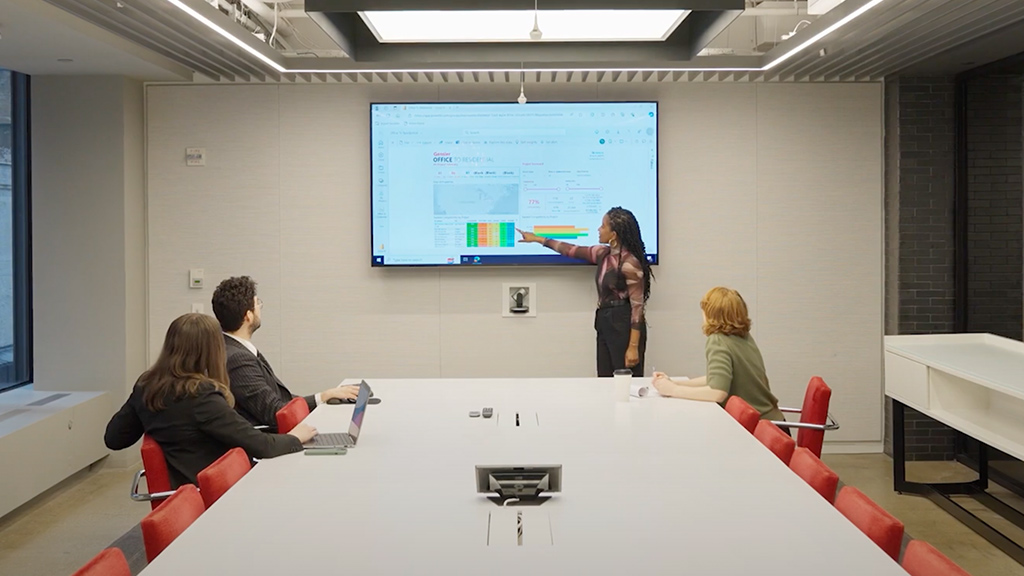
In The Media
![]() Calgary Herald
Calgary Herald
Why Calgary’s Office-to-Residential Program Remains “The Standout Program in North America”
Calgary Herald interviewed Gensler Building Transformation Leader Steven Paynter about why Calgary’s successful office-to-residential program has attracted widespread attention.
September 04, 2024

In The Media
![]() The Real Deal
The Real Deal
The Real Deal Profiled Gensler’s Office-to-Residential Conversions and Building Analysis Tool
The feature highlights Pearl House, Franklin Tower, the upcoming conversion of Pfizer’s former headquarters, and Gensler’s scorecard developed during a study for the City of Calgary.
September 03, 2024
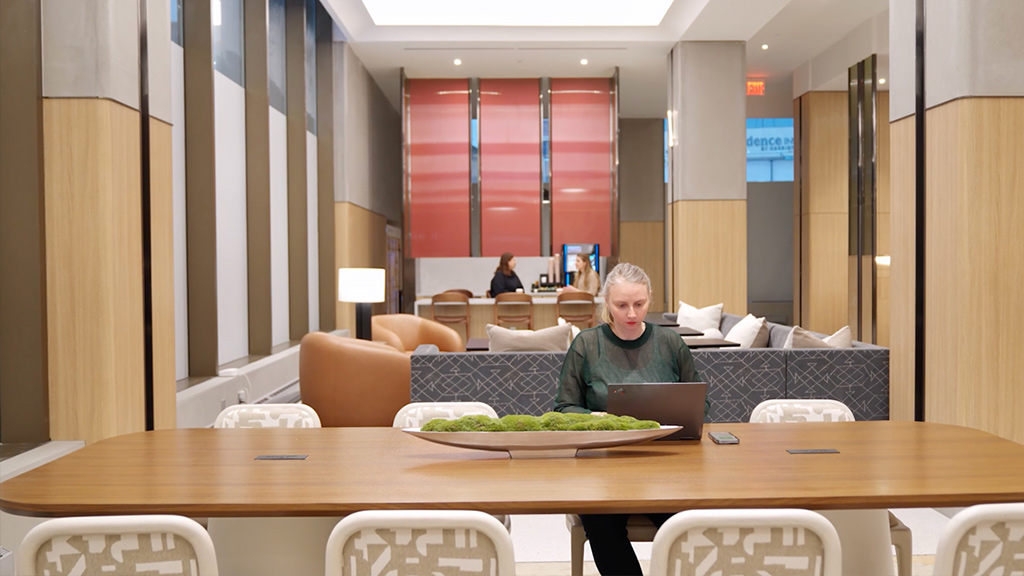
In The Media
![]() i+s
i+s
i+s Featured a Video Tour of Gensler’s Office-to-Residential Conversion of Pearl House
The project “offers a realized example of how to transform an underutilized office building into a thriving residential community that positively impacts its surrounding neighborhood” in New York City's Financial District.
July 11, 2024

In The Media
![]() Commercial Observer
Commercial Observer
Use Design to Turn Office-to-Residential Challenges Into Opportunities
Commercial Observer shared ideas from Gensler Principals Robert Fuller and Peter Wang about leveraging the power of design to recast architectural challenges as residential opportunities.
June 10, 2024
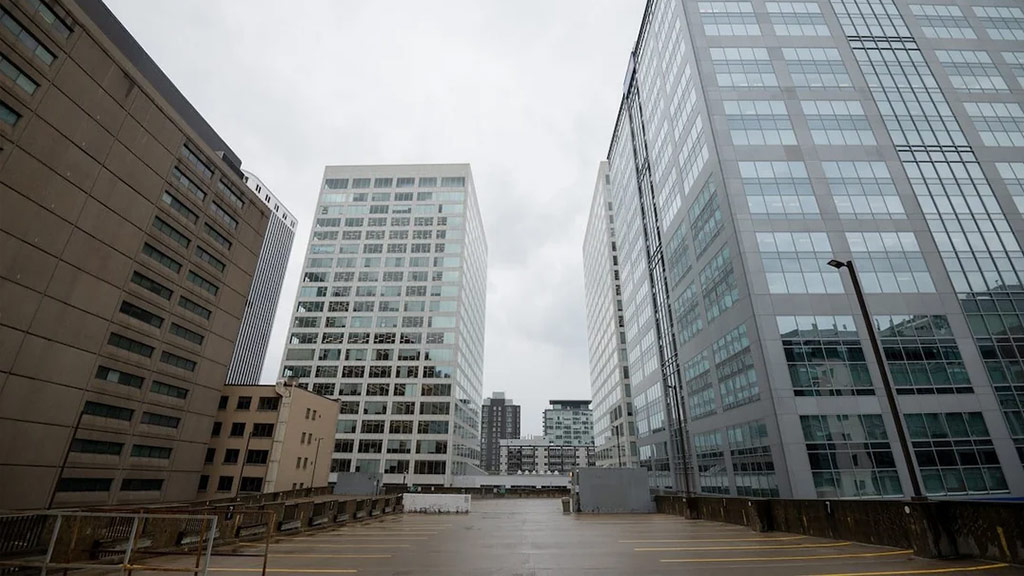
In The Media
![]() The Globe and Mail
The Globe and Mail
Gensler’s Analysis Found Nearly Half of Federal Government Office Spaces Are Suitable for Conversion
Gensler Building Transformation Leader Steven Paynter explained why converting into housing is the best option for federal buildings.
June 03, 2024
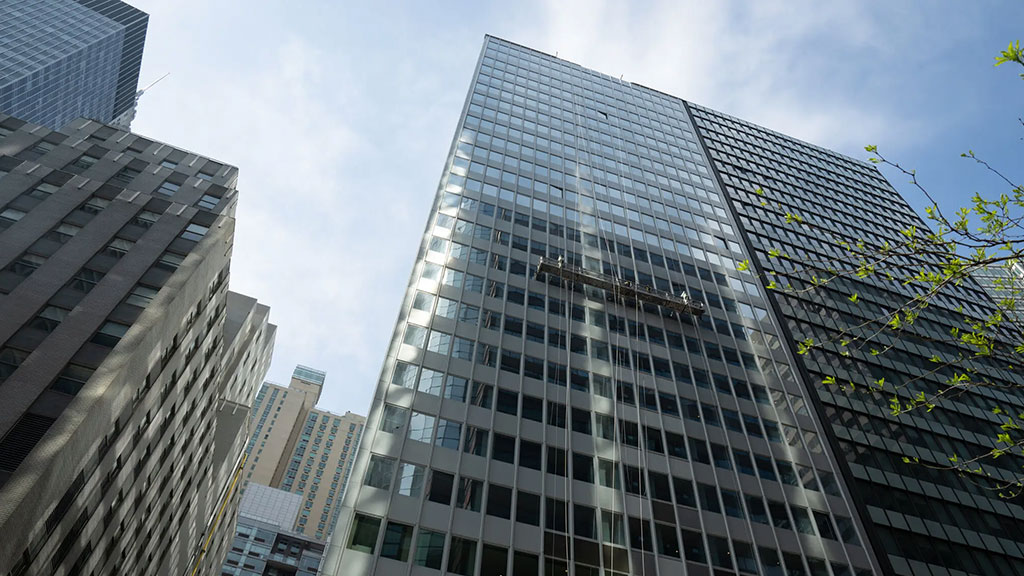
In The Media
![]() The New York Times
The New York Times
Gensler Transformed a 1970s Office Building Into Pearl House, a “Hip New Rental” Property in Lower Manhattan
Working with developer Vanbarton Group, Gensler created a design that respects “the bones of the building” while infusing amenities, bedrooms, and living spaces with “more of a residential hospitality feel.”
May 03, 2024

In The Media
![]() Nashville Business Journal
Nashville Business Journal
Gensler Nashville Design Director Brian Hubbard on the Current State of Converting Towers in Nashville
Nashville Business Journal interviewed Brian Hubbard about office conversions in the Nashville market and how office-to-hospitality conversion projects are doing well.
April 15, 2024
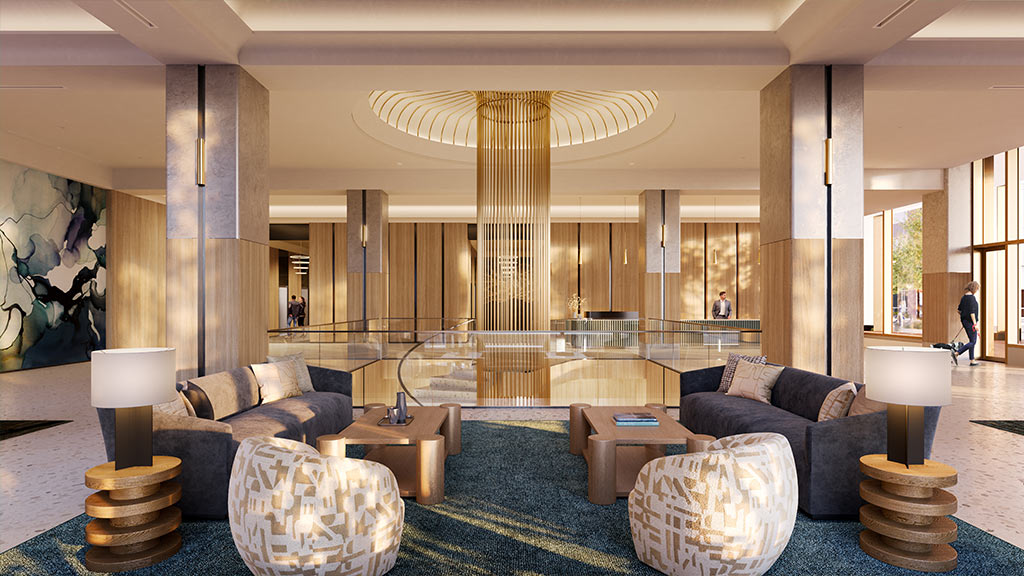
In The Media
![]() Multihousing News
Multihousing News
Gensler Worked With Vanbarton Group To Convert a 1970s Office Building Into a Residential Property
Pearl House, the largest office-to-residential conversion in New York City’s history, will include a fitness center, spa, bowling alley, high-tech sports simulator, lounges, and more.
February 07, 2024

In The Media
![]() The Real Deal
The Real Deal
Gensler Plans To Convert the Historic Humboldt Building Into Apartments in San Francisco
The Real Deal quoted Principal Doug Zucker about the conversion of the former Humboldt Bank building into residences and cited Gensler’s work to assess over 1,000 office buildings for conversion in North America.
February 06, 2024
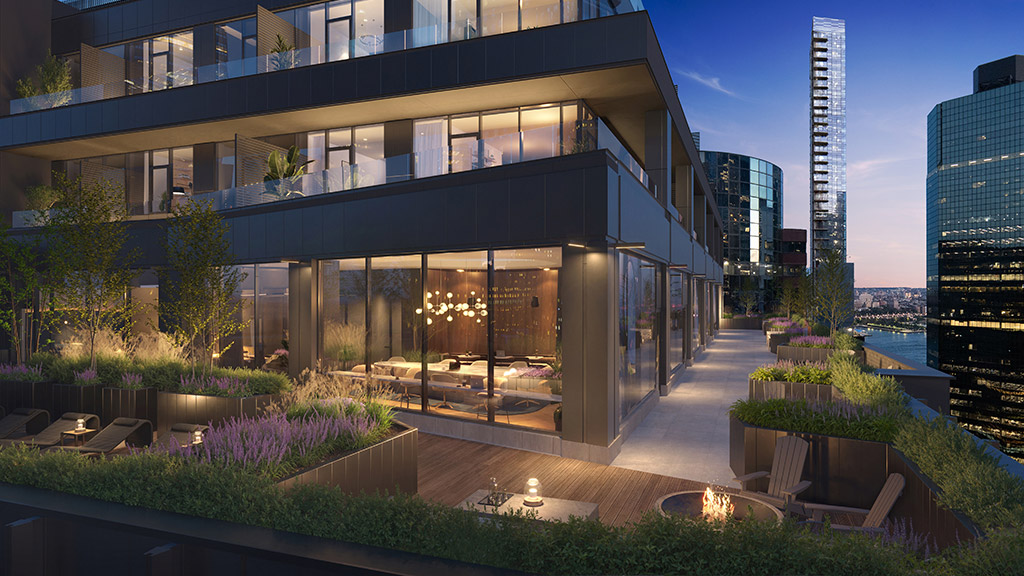
In The Media
![]() Spectrum News NY1
Spectrum News NY1
Pearl House Marks the Largest Office-to-Residential Conversion in NYC
Spectrum News NY1 spotlighted Pearl House, featuring interviews with Gensler Principal Robert Fuller and Richard Coles, Founder of the Vanbarton Group. Watch the video.
January 30, 2024